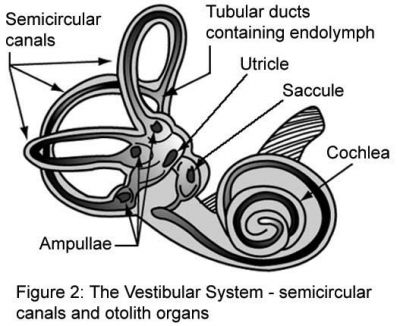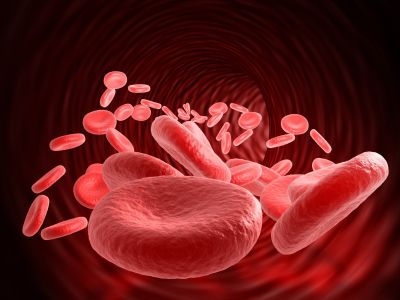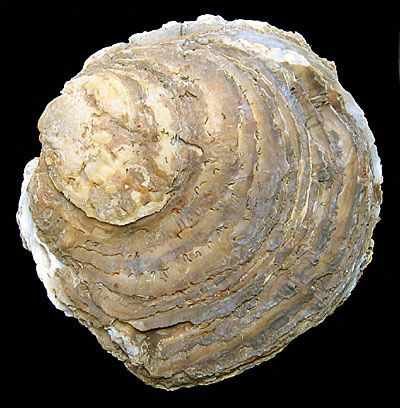
Researchers are using sophisticated genetic approaches to determine how a fungal pathogen adapts to infect a resistant host. Understanding the genetic basis of host adaptation will aid efforts to control pathogens.

Development in many organisms uses a restricted set of physical processes to produce functionally and morphologically diverse features. How the dynamics of development have evolved to shape these phenotypes is yet to be determined.

Publication bias, or dissemination bias, reflects a tendency on the part of researchers to submit and journals to publish, articles that have strong, positive findings. As a result, medical decision-making is based on a skewed evidence base.

A recent research project has advanced our understanding of the interaction between predators, herbivores and plants in the forests of Poland.

Assessing the movement of nutrients through ecosystems is complex. An ingenious method to assess isotopes in proteins is shedding light on ocean carbon and nitrogen cycles as well as dust deposition.

Unlike animal sexual reproduction, flowering plants feature a double fertilisation event involving two male and two female sex cells. Identifying the molecular players in this complex procedure promises to open doors to crop improvement.

The same molecule found in haemoglobin and chlorophyll could be the basis of tomorrow's optoelectronics and magnetic data storage devices. EU-funded researchers characterised novel architectures to push the technology forward.

To tackle bacteria as pathogens, we need to understand how they grow and evolve. A European study has put forward a modelling approach to help dissect the growth pattern of bacteria.

Researchers have studied a songbird species to uncover the secrets of evolution.

Small RNAs regulate an astonishing number of processes. European research has investigated the action of one prominent class, microRNAs (miRNAs), that play a major role in plant antiviral defence.

The vestibular system helps vertebrates ascertain body position in space and maintain postural equilibrium. Its function is also linked to regulation of the cardiovascular system, the circadian rhythm and bone mineralisation, and EU-funded scientists are unravelling the connections.

The complex molecular and cellular interactions that take place during development are poorly understood. Using zebrafish as a model organism, European researchers studied how blood flow affects embryo development.

Nano-scale devices made from polymers and polyelectrolytes (polymers with ionisable side groups) are gaining widespread interest for controlled and smart drug delivery. Scientists investigated poorly understood transport mechanisms to aid development.

Expressions such as 'give my right arm' or 'right-hand man' highlight the importance of limb movements in daily activities. Injuries, disease or ageing can affect our movement, which in turn negatively impacts our quality of life.

Combining worldwide expertise on micronutrients relevant to human health with wiki-based information sharing could help prevent disease.

Transition from fossil-based raw materials to renewables is a key challenge for the coming decades. An EU-funded project is developing sustainable routes to functional materials for various polymer applications.

The recent breakthrough applications of the CRISPR/Cas bacterial immune system urged European scientists to study its features in-depth.

An EU-funded project is developing a nano-scale device that will stretch out a single DNA molecule inside a nanochannel. It will enable its visualisation without using fluorescent markers for pioneering single-molecule sensing.

Using biotechnology in industrial processes is one of the most promising ways to reduce pollution, resource waste and costs while opening new product markets. An EU-funded study is identifying barriers to uptake in order to knock them down.

Biodiversity in the world's oceans is much greater than that on land, but surprisingly little is known about our planet's underwater biological resources. An EU-funded project is therefore studying the potential of marine microbes for industrial biotechnology.

Deep-sea habitats are increasingly under threat from the impacts of human activities such as trawling and pollution. European marine scientists therefore investigated the relationship between seafloor geology and biodiversity to develop effective maps of deep-sea ecosystems.

The role of phenotypic plasticity (PP) in driving the genetic evolution of a species has attracted much interest. An EU initiative studied a non-native marine species to determine if PP facilitates genetic evolution.

In the last 20 years, nitric oxide (NO) has been identified as an important chemical messenger in plants. Using a combination of biochemical and bioinformatics approach EU-funded research has identified thousands of potential target proteins and specific binding sites, opening the door to tests of function.

Researchers have investigated the genetics involved in successfully passing on genes that may benefit one sex and disadvantage the other.

Thanks to an EU-funded project, evolutionary scientists are improving the tools that reveal complexity in family histories.























